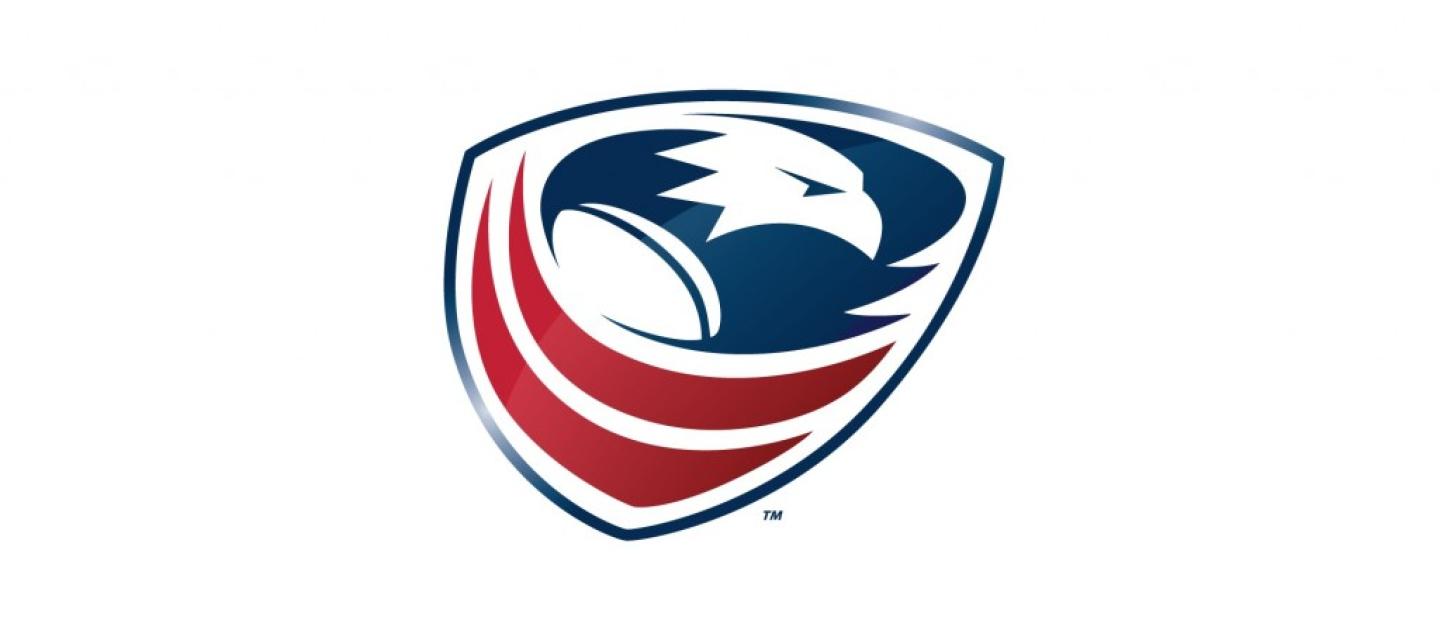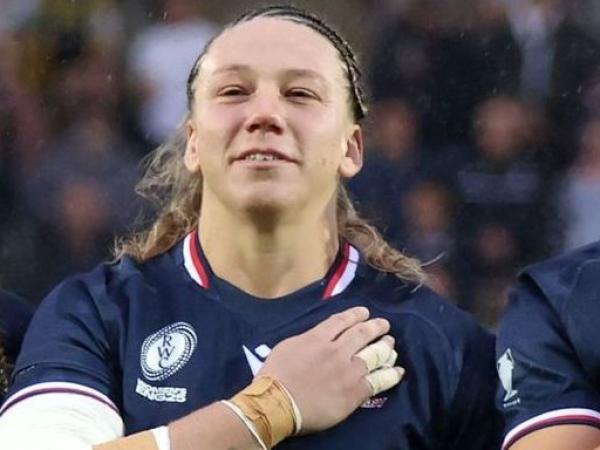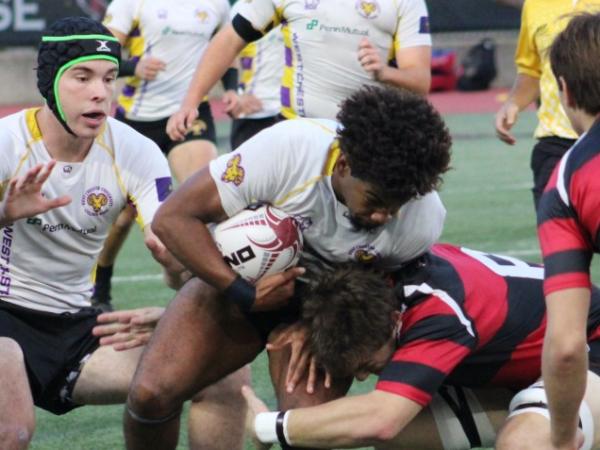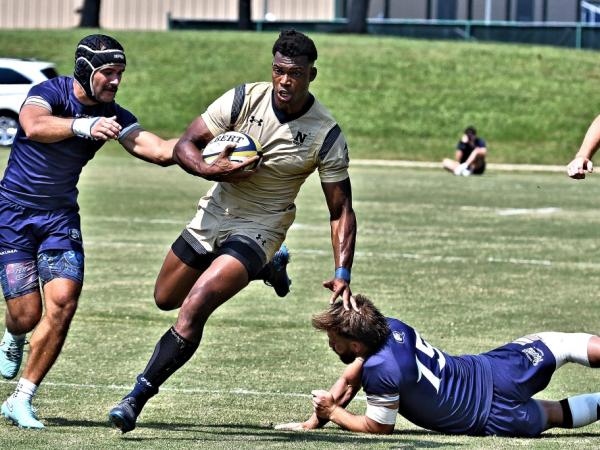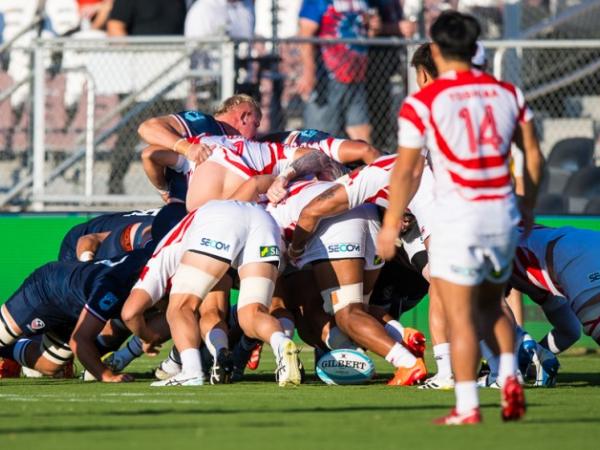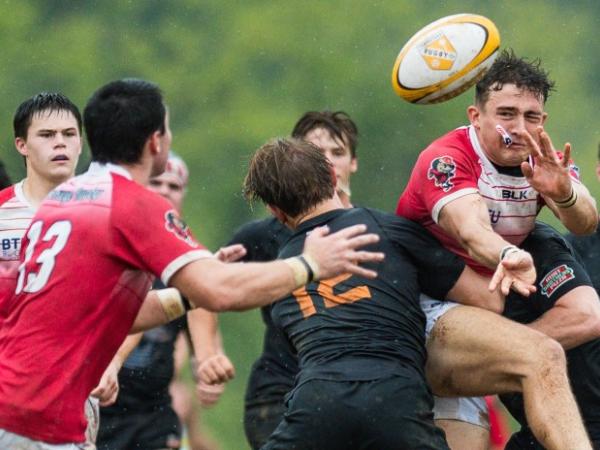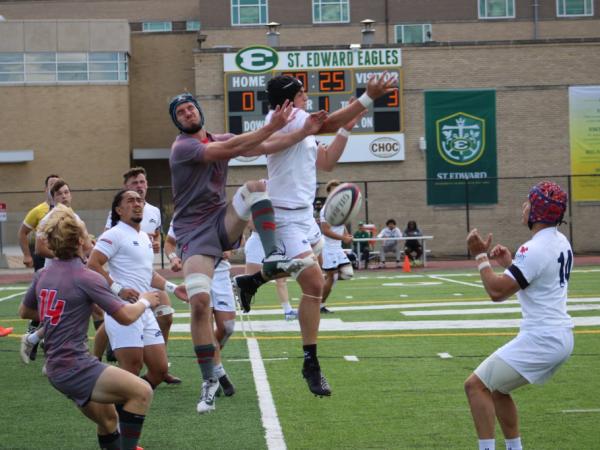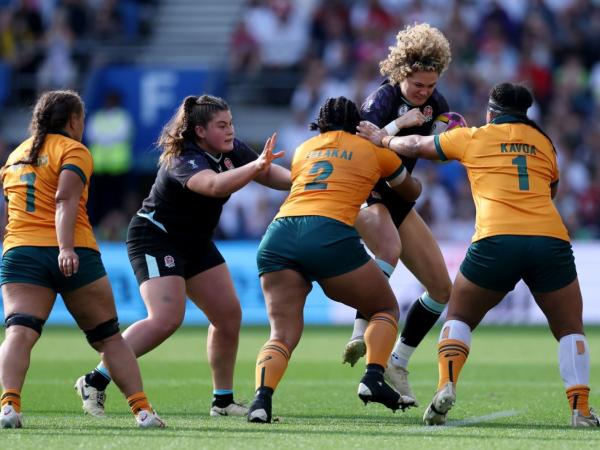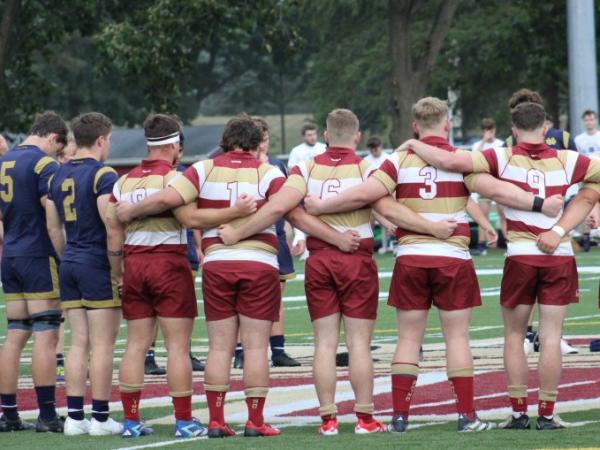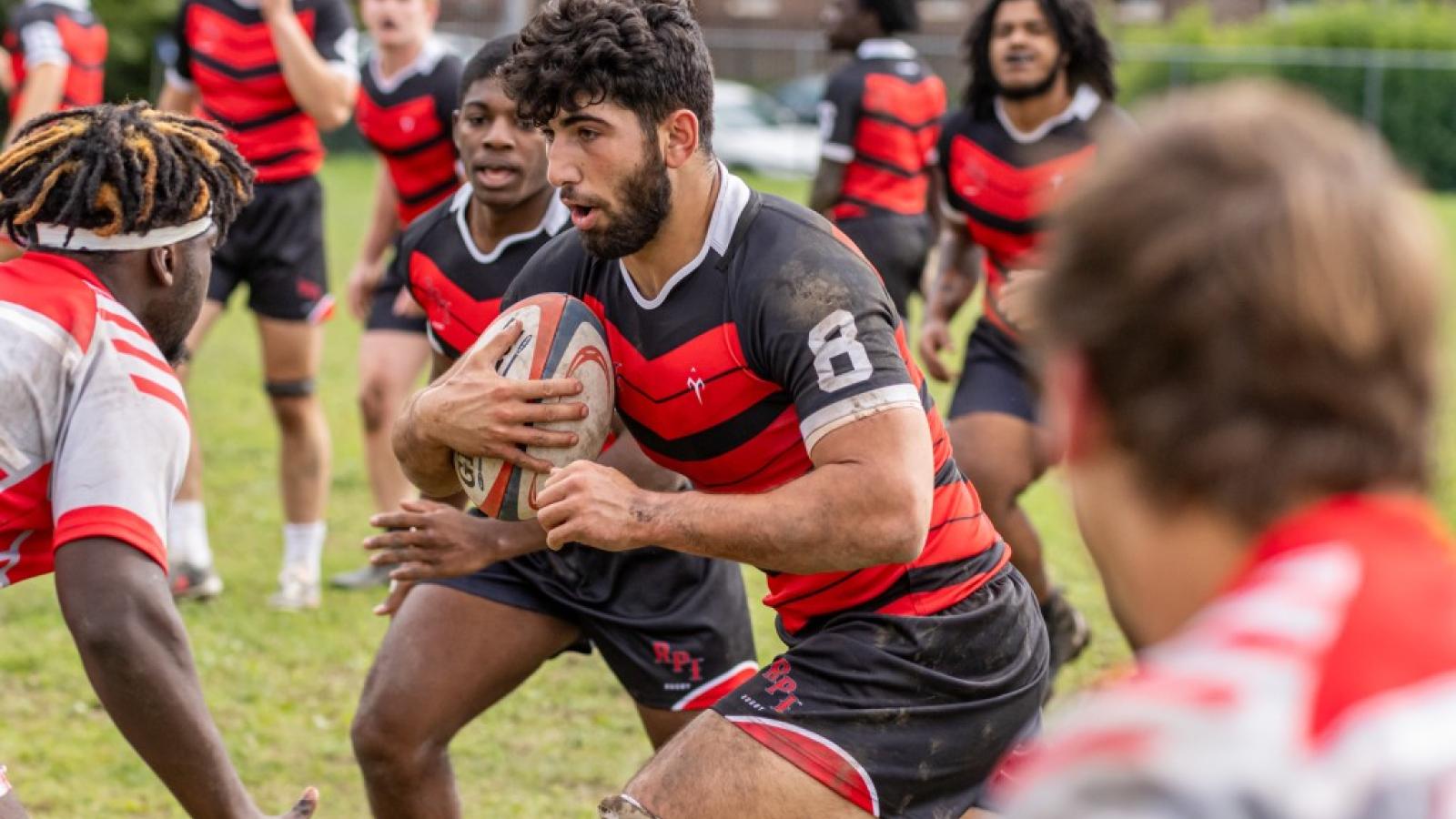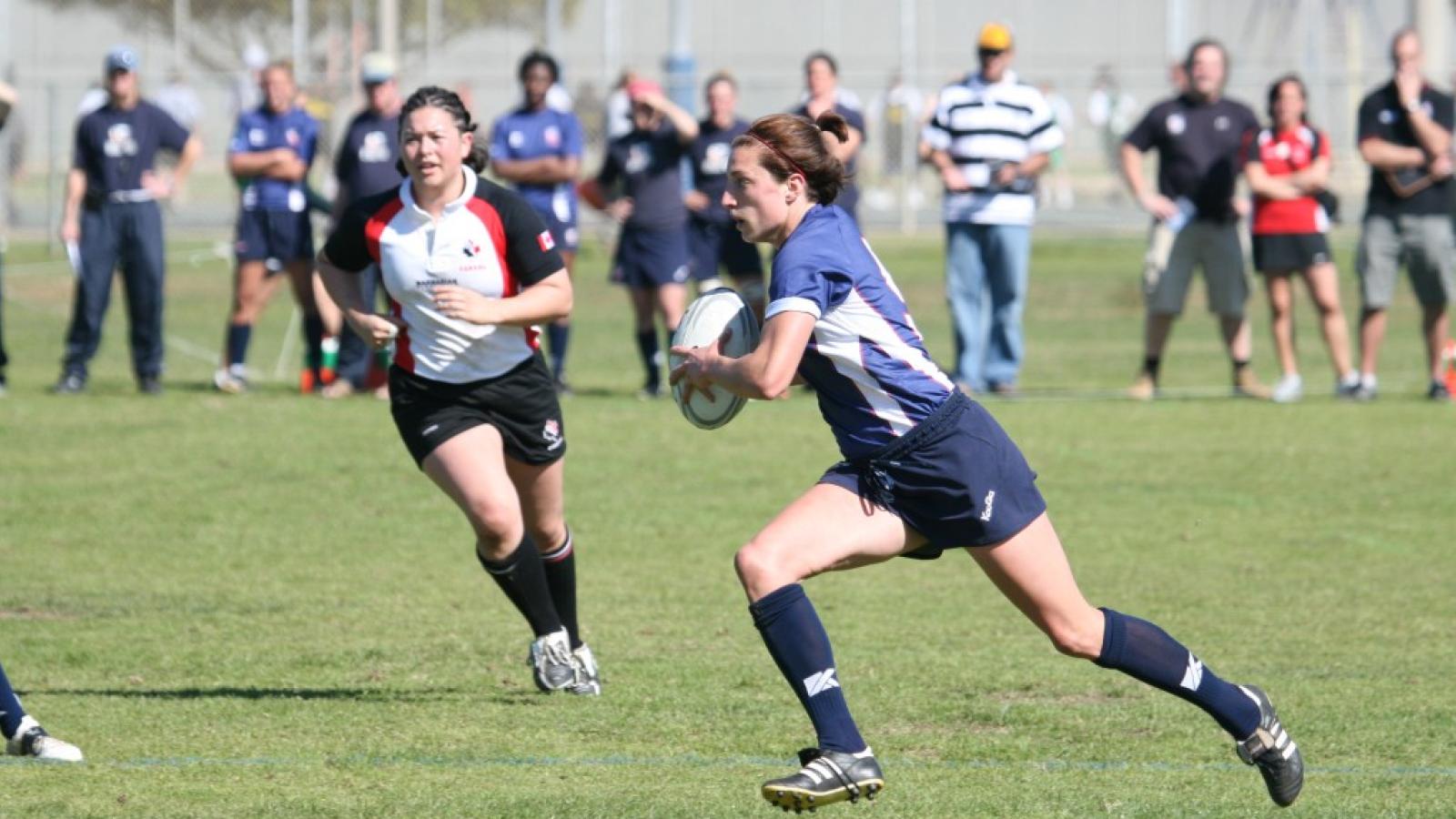So USA Rugby's Congress voted itself out of existence by approving new bylaws that create a new Board and organizational structure; but enough about the fun stuff—let's get serious.
USA Rugby Congress Ratifies New Bylaws
There are a lot of moving parts. There are rules coming down from Congress, World Rugby, and the US Olympic & Paralympic Committee (USOPC). There are concerns about trust, and COVID-19 issues.
1. When Rugby is OK to Play Again, Can We Play?
Yes. as for as we understand it, yes.
Remember, however, that rugby is banned by USA Rugby due to the COVID-19 lockdown. You don't have liability or injury coverage until that rugby shutdown is lifted.
But USA Rugby has been keeping up with its insurance coverage payments. Filing for Chapter 11 Bankruptcy doesn't ean you're out of money; it means you're going to be out of money if you pay every bill you owe RIGHT NOW. So Bankruptcy allows you to tell the people you owe money to that you're working on it, and please stop calling.
Meanwhile, you have to prove to the bankruptcy court and anyone who is helping bail you out that you can operate at a minimal level. You still have to pay the phone bill and the electric bill ... and the insurance bill. So, yes, once USA Rugby says we can take the field, we'll have insurance.
2. What Will The Changes Mean To The Regular Player?
Perhaps the most obvious change will be in dues. USA Rugby and its various partner organizations will start using Sportlomo. Used by Rugby Canada, among others, Sportlomo is a membership and competition management system that is kind of a one-stop-shop.
If used properly, when you register as a player, you only have to pay dues once. Your club will be registered with Sportlomo, and so will your conference, sport umbrella organization, and USA Rugby. So you register with your club, and immediately the other levels of registration kick in. This would also be the system that can run your league and track your scores and stats.
This will cut out a lot of paperwork and time for organizers.
Your conference or league play won't change. Your national playoffs might be a little different, but that is true almost every year. What would be weird is if something didn't change. What you might see is better planning regarding playoff venue locations and dates.
3. Wait, Back Up ... We'll Still Be Paying Dues To USA Rugby??
Umm, yes, sorry. This is, in fact, one of the big unanswered questions of the whole reorganization and it could also be a major controversy. USA Rugby's remaining executives, mainly CEO Ross Young, are supposed to come to the groups working on the reorganization and transition with a number—how much money is the big question.
We've seen and heard of some numbers, anywhere from $7.50 per member to $20, and that's before we talk insurance. Some organizations (US Youth Rugby, for example) will handle their own insurance, and some will need USA Rugby to operate the insurance policy. There are also some a la carte aspects to USA Rugby's services. So if a group (senior club, for example) wants the national office to operate its championships and its discipline, USA Rugby will do that, for an additional price.
This all could be interesting, because if an organization is paying USA Rugby directly for specific services, that organization can hold USA Rugby accountable for doing a good job—not like previous years where the standard of service, and where the funding came to support that service, we so nebulous that we often just shrugged and said "what're you going to do?"
But the idea that USA Rugby's CEO spends an appreciable amount of time worrying about community rugby is fairly laughable, and so if a significant amount of money goes to that sort of expense, expect some pusback.
4. Only Three Community Members On The Board, What's Up With That?
Well, three is better than what they did have. The old Board had eight members, with one being from Congress, so that's 12.5% of the Board representing community interests. (And it's a bit of a question how much of the community interest Congress, as a whole, represented. Certainly it ended up not wielding much power). Now, the new Board will hold 11 members, with four being independent directors (basically the kind of boardmember we have now), four being international athletes, and three being representatives of the three main playing levels—youth & HS, college, club.
The 27% community representation is twice that of the previous board, and in some ways is even more than that. Consider that when only one member of Congress has been on the Board, would he/she always decide in a way that's best for club, college, and youth at the same? Maybe not. Maybe that's impossible. Now each of those constituencies have someone representing them. Then you have 36% independent boardmembers, down from 62.5%.
So the representation for club rugby relative to independent boardmembers has increased by more than 275% (1/3 of 12.5% compared to 62.5% changes to 9% compared to 36%, which is .25 divided by .0667).
5. Why So Many International Athletes?
The proportion of athletes on the board is federally mandated, as the Ted Stevens Act governing amateur sports requires at least 20% of a national governing body's board to be current athletes or recent internationals, and the USOPC actually is a little more specific, requiring at least half of the athletes on the Board to have played in Olympic-related events.
Also to consider is the rumor that the Stevens Act will get an update with the number of athletes going up to 30%. By organizing a Board with 35% athletes, USA Rugby is staying ahead of that change.
So you have to have over 30% athletes. You need at least half to be international 7s players, and you also need to have equal representation among men and women. So you need four, with one men's 7s player and one women's 7s player. Technically the Stevens Act allows for non-international athletes to be on the Board, but the USOPC bylaws say they have to be current or recent (within ten years) internationals having represented the USA in a World Rugby-approved competition. So a former USA U20 player can be on the Board, but not someone who toured for Atlantis.
OK, so now you need to make sure that . This USA Rugby board makeup includes 36% athletes (the current setup has 25%).






